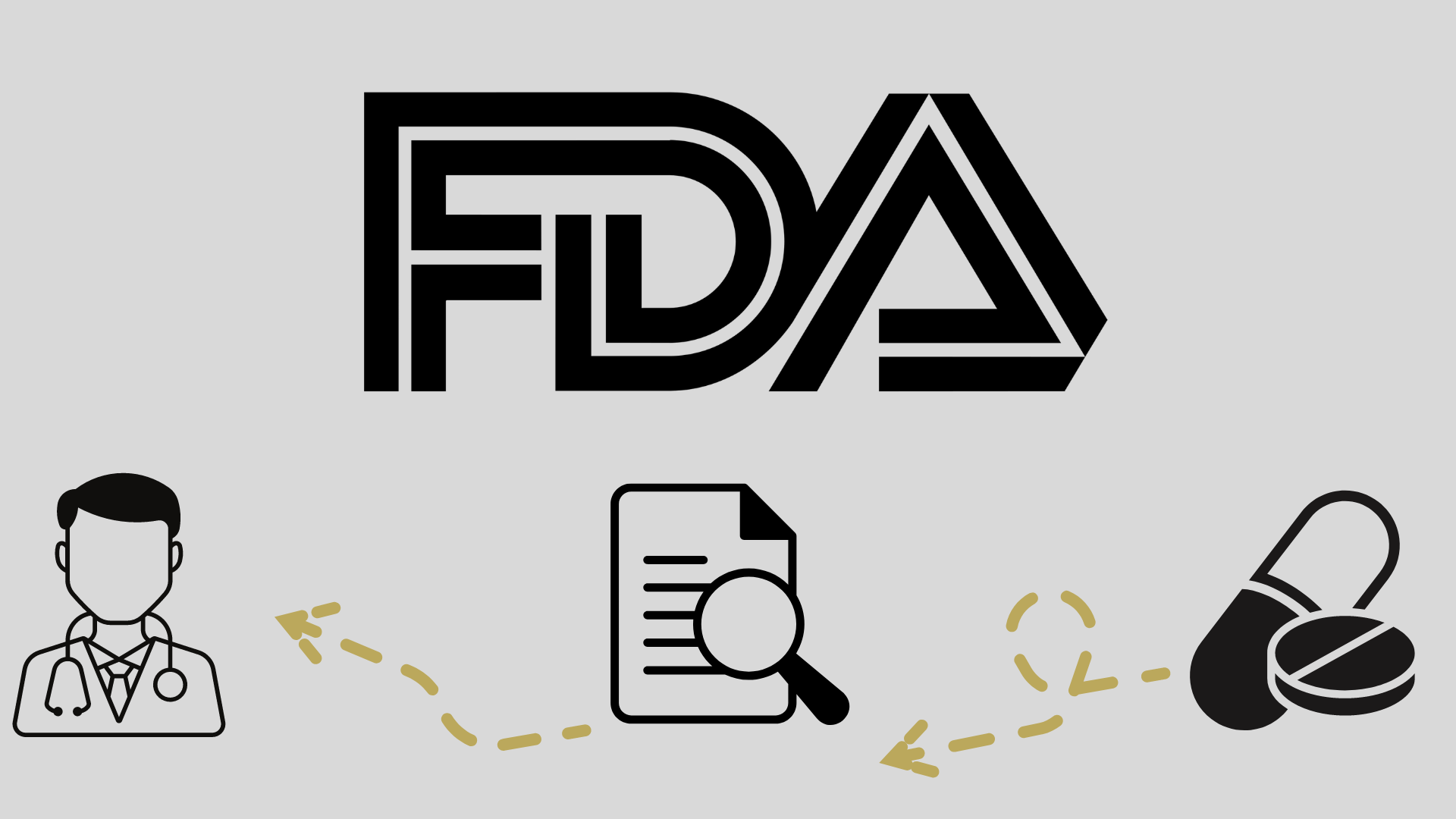
Lasofoxifene Shows Promise in Lowering Ki-67 Levels in HR+/HER2- Breast Cancer

Significant Ki-67 protein suppression in HR-positive, HER2-negative breast cancer was seen among patients treated with lasofoxifene.
Promising early activity in suppressing the Ki-67 protein in both premenopausal and postmenopausal patients with hormone receptor (HR)-positive, HER2-negative, locally advanced breast cancer was observed with lasofoxifene (Fablyn) treatment, according to findings from a subset of the Endocrine Optimization Pilot (EOP) Protocol, which is part of the ongoing phase 2 I-SPY 2 trial (NCT01042379).1
Data from this study were presented in a poster at the RISE UP for Breast Cancer conference. The trial enrolled 20 patients in the lasofoxifene arm, including 10 premenopausal women, 9 postmenopausal women, and 1 male patient.
Ki-67 suppression was seen without the application of ovarian function suppression (OFS). The median Ki-67 expression showed a significant decline from 10.0% (range, 1.0%-40.0%) at baseline to 4.0% (range, 1.0%-18.0%) at week 3. Of the 16 evaluable patients, 14 recorded Ki-67 levels below 10%, with 6 achieving levels under 2.7%.1,2
“The I-SPY 2 EOP provides a biomarker-rich platform to test novel endocrine agents in the neoadjuvant setting in a molecularly selected group of patients with tumors that are predicted to have little to no benefit from chemotherapy,” Jo Chien, MD, principal investigator of the substudy and medical director of breast medical oncology at the University of California San Francisco, said in a press release.1
For premenopausal patients, the median Ki-67 expression dropped from 12.5% (range, 1.0%-40.0%) at baseline to 3.0% (range, 1.0%-15.0%) at week 3.1,2 Of the 10 evaluable premenopausal patients, 7 reached Ki-67 levels below 10%, and 4 achieved suppression under 2.7%. For the patients who were postmenopausal, median Ki-67 levels decreased from 10.0% (range, 3.0%-33.0%) at baseline to 6.0% (range, 1.0%-18.0%) at week 3. In this group, 6 out of 9 evaluable patients demonstrated Ki-67 suppression below 10%, while 2 achieved levels under 2.7%.
Additionally, the 1 male patient also showed a Ki-67 expression of less than 10% after 3 weeks of treatment.
“Lasofoxifene has demonstrated significant activity based on early Ki-67 suppression, not only in postmenopausal women, but also in 10 premenopausal women without concomitant OFS. It is exciting to see that lasofoxifene is well tolerated even in our youngest patients who are often most impacted by the debilitating adverse effects [AEs] of current standard endocrine therapy options,” Chien said.1
In this
At the time of data analysis, 3 patients were still on treatment, and 2 discontinued treatment due to physician or patient preference.
The primary end point of the study was feasibility, which was defined as at least 75% of patients completing at least 75% of the study therapy.
Looking at safety, all observed AEs were grade 1 or 2. The most common AEs consisted of hot flushes (65%), fatigue (40%), constipation (40%), and nausea (25%).
“Lasofoxifene continued to demonstrate a strong tolerability profile [and showed] promising Ki-67 suppression in this phase 2 study, supporting our plans to further explore its potential in the neoadjuvant setting,” added David Portman, founder and chief executive officer of Sermonix Pharmaceuticals, in the press release.1 “We are currently studying lasofoxifene in the [phase 3] ELAINE-3 combination study [NCT05696626] with abemaciclib [Verzenio] in the ESR1-mutated metastatic breast cancer setting. We are excited to see it continue to demonstrate broad potential [and offer] unique quality of life benefits for [patients] confronted with breast cancer.”
The full findings from this study, including preoperative MRI and surgical pathology results, are anticipated to be presented at an upcoming medical meeting.








































